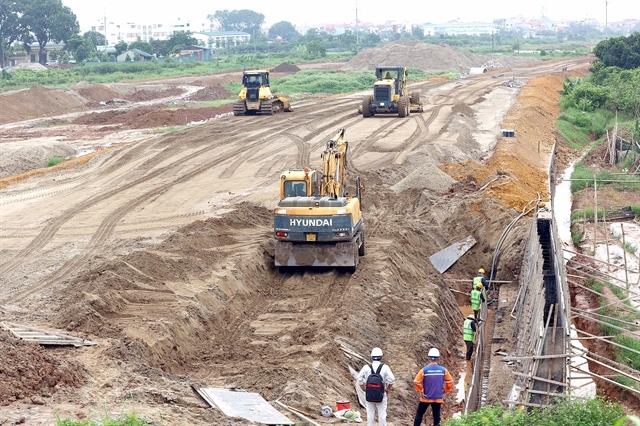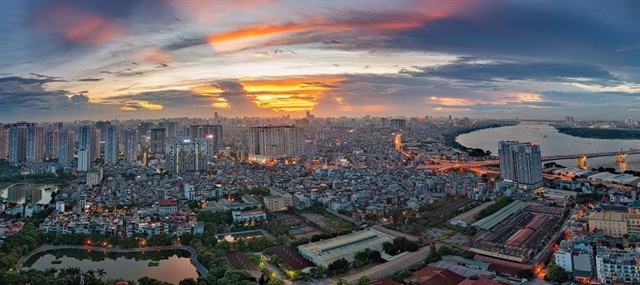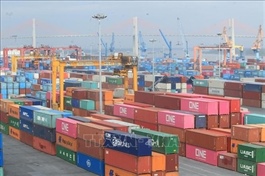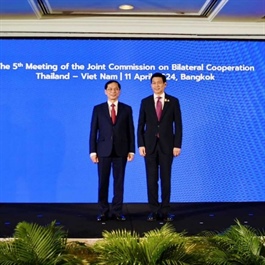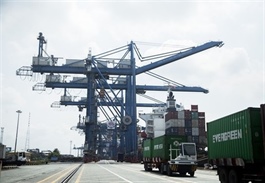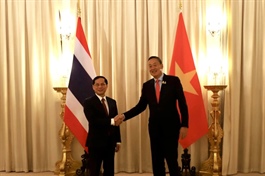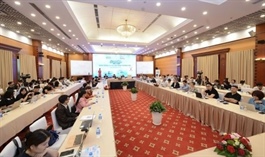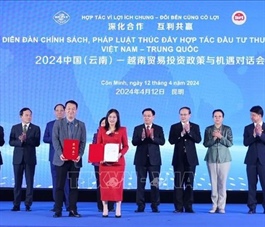Creative economy offers abundant opportunities for Việt Nam: CIEM
Creative economy offers abundant opportunities for Việt Nam: CIEM
The Central Institute for Economic Management (CIEM) suggests that Việt Nam should foster the growth of the creative economy to capitalise on the abundant opportunities it offers.

The "Quintessence of Vietnam" show in Phú Quốc Island. CIEM highlighted that Việt Nam's youthful, tech-savvy population, favorable policies, rich cultural heritage, and rapid digitisation and economic integration will drive the creative economy boom. — Photo vinwonders.com |
Creative economic sectors include handicrafts, fashion and design, culinary art, performing art, visual art, film and media, information technology and software engineering, tourism and cultural heritage, music and entertainment, publishing and literature, and digital content creation.
A CIEM research report shows that the global export of creative products increased from US$208 billion in 2002 to $524 billion in 2020, in which Asia has been the largest exporter since 2007.
The world’s biggest exporters of creative products include the US, Italy, Germany, France, the UK, the Republic of Korea, Poland, Switzerland, the Netherlands and Japan, with a total value of $170.7 billion.
The top developing economies in terms of creative product exports included mainland China, Hong Kong, Việt Nam, India, Taiwan (China), Malaysia, Singapore, Turkey, the United Arab Emirates and Thailand, with a total value of nearly $277 billion. Việt Nam earned over $14 million from the export of creative products in 2020, according to CIEM.
The institute pointed out that a young and technology-savvy population, favourable policies and rich cultural heritage coupled with the rapid digitisation and economic integration will fuel the boom of the creative economy in Việt Nam.
CIEM Director Dr. Trần Thị Hồng Minh said that Việt Nam has realised the development potential of the creative economy. However, this is still a relatively new concept, so in practice there are many different understandings about it.
To develop this type of economy, Võ Trí Thành, Director of the Institute for Brand and Competitiveness Strategy, stressed the need for priority strategies, plans and policies, including large-scale events associated with culture, arts or tourism such as the annual Đà Nẵng International Fireworks Festival.
More broadly, the creative economy can be transnational activities, such as performances of world famous artists. To do this, domestic conditions must meet tour requirements in terms of infrastructure, event organisation capacity, and combination of various activities to create resonance and increase values from the creative economy, Thanh said.
Emphasising that intellectual property is the backbone and lifeblood of the creative economy, Nguyễn Thị Hoàng Hạnh, Director of the centre for research, training, support and consulting under the National Office of Intellectual Property, affirmed the effective implementation of intellectual property will motivate creators to continue their research, and make investors feel secure in pouring capital into creative industries.
This is an issue that Việt Nam needs attention when promoting the creative economy, she added.



